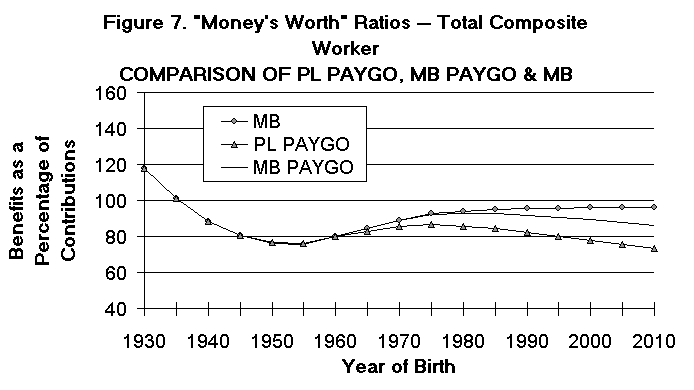U Thrift Savings Plan Adding a Socially Responsible Index Fund Presents Challenges
Post on: 22 Июнь, 2015 No Comment

Contact:
Office of Public Affairs
(202) 512-4800
What GAO Found
Officials at the Thrift Savings Plan (TSP) and the other public retirement plans that had considered socially responsible investment (SRI) associated a number of common challenges with SRI adoption. While none of these plans were identical to TSP in scope or demographics, many plan officials shared similar challenges and concerns with TSP. For example, they identified participant demand, SRI screening criteria, and costs as the most common challenges. Officials at public retirement plans that had adopted SRI cited some short-term benefits of SRI, such as providing participants an opportunity to invest in accordance with their values, but said that the long-term benefits were unknown.
When compared to the past performance of the TSP stock portfolio, the addition of a hypothetical SRI index fund tracking the best-performing U.S.-based SRI stock index would not have both increased returns and lowered volatility in any allocation scenario that GAO tested. Specifically, over the last 20 years, if TSP had included such an SRI index fund in its existing stock portfolio, it could have resulted in (1) lower returns and lower volatility, (2) lower returns and higher volatility, or (3) higher returns and higher volatility, based on GAO’s analysis of evenly distributed portfolio allocations. The managers of the SRI index explained the difference in the index’s performance over the last 20 years was a result of having different sector weightings than the overall market to align with the fund’s SRI strategy. Moreover, the addition of this SRI fund would have resulted in overlap with the TSP stock portfolio, and would not have provided a substantial opportunity for additional portfolio diversification.
Looking more broadly at SRI mutual funds—the most common form of SRI in the United States—GAO found the comparative performance of SRI and non-SRI mutual funds to vary by asset class while costs were nearly the same. Regarding performance, SRI bond mutual funds had better risk-adjusted performance than their non-SRI counterparts over the last 15 years, while SRI stock and balanced funds did not. However, after controlling for various factors such as fund size, SRI stock mutual funds had better estimated performance as well. Regarding costs, in fiscal year 2010, the costs of SRI institutional grade mutual funds were similar to their non-SRI counterparts. Although TSP participants cannot currently invest in mutual funds through TSP, the Federal Retirement Thrift Investment Board (Board) is authorized to offer a mutual fund window if it determines that it is in the best interests of participants.
Why GAO Did This Study
Socially responsible investment—investment made on the basis of environmental, social, religious, or corporate governance criteria— in U.S.-based mutual funds exceeded $300 billion in value in 2010. TSP—a $308 billion retirement plan with more than 4.5 million participants—currently offers five distinct low-cost investment options, and is authorized to offer a service that enables direct participant investment in mutual funds outside TSP. GAO was asked to consider the value of adding an SRI option to TSP. GAO examined: (1) What challenges might TSP face in adopting an SRI option? (2) How would the addition of an index fund tracking an SRI index have affected past TSP stock portfolio performance? (3) How do the performance and costs of SRI mutual funds compare to those of non-SRI mutual funds?
To analyze the challenges surrounding SRI, GAO interviewed federal officials, SRI experts, and representatives of public retirement plans that had considered SRI adoption. To examine the impact of adding an SRI fund to the existing TSP funds, GAO analyzed monthly benchmark return data. To examine mutual fund performance trends and costs, GAO analyzed historical summary data on US-based mutual funds.
GAO provided a copy of this draft report to the Board, the Department of Labor, and the Department of the Treasury for review and comment. None of the agencies provided formal comments on the report.
What GAO Recommends
This report contains no recommendations.














